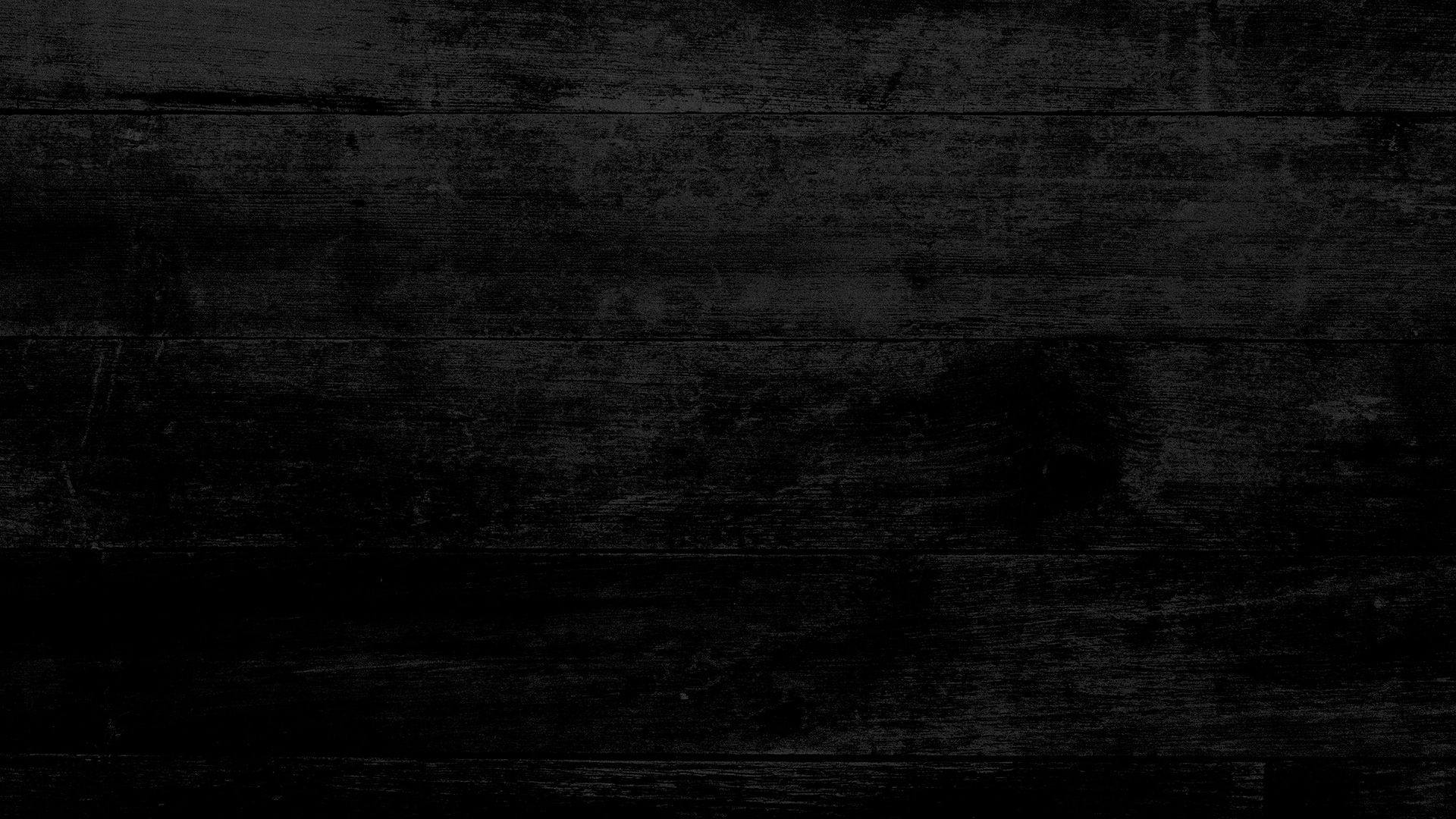HMS PEGASUS (1776) in Scale 1/64 (Workshop on examples/Практикум на прикладах)
- Olha Batchvarov
- 31 бер. 2023 р.
- Читати 4 хв
Step-By-Step Guide for beginners/ Покроковий посібник для початківців
Chapter #11/Розділ №11
Rails/Релінги

Railings are probably one of the most challenging parts of the hull, but it seems so only at first glance. In kits, they are usually simplified beyond recognition. Like for example on this model, when you just have to stick 1x1 and 2x1 mm strips instead of real carved decorations, which make the model very realistic. Therefore, in this chapter I will show the simplest way to make railings with only a rotary tool and scalpel blades...
Релінги - мабуть одна з найскладніших частин корпусу але то так здається лише на перший погляд. В комплектах їх зазвичай спрощують до невпізнаваності. Як наприклад на цій моделі, коли вам треба просто приклеїти планки 1х1 і 2х1 мм замість справжніх різьблених декорацій, що роблять модель дуже реалістичною. Тому в цьому розділі я покажу нацпростіший спосіб виготовлення релінгів маючи лише бормашинку і леза для скальпеля...

11.1. Making the rails:
Usually in the kit you can find just planks of rectangular cross-section. They can be turned into real scale railings by adding a little creativity. You can even replace the wood, as I did on this model and used the same yellow cedar as on the deck.
- if there are no rails on your model, go to the next step;
- make a scraper of the required size and cross-section. For example, from a dull blade by using a rotary tool with resin cutting discs;
- fix the scraper and by pressing the plank with an additional block, scrape the rails in several passes.

An example of rails made of walnut./Приклад релінгів з горіха.
11.1. Виготовлення релінгів:
Зазвчай в комплекті ви можете знайти просто планки прямокутного перетину. Їх можна перетворити на справжні масштабні релінги, додавши трохи креативу. Можна навіть замінити деревину, як це зробила я на даній моделі і використала той самий жовтий кедр, що і на палубі.
- якщо на вашій модедлі немає релінгів, переходьте до наступного кроку;
- виготовіть циклю потрібного розміру і перетину. Наприклад з тупого леза від скальпеля за допомогою бормашинки і відрізних дисків;
- зафіксуйте циклю і питискаючи рейку додатковим брусочком проциклюйте рейки релінгів за кілька проходів.

11. 2. Painting the model:
It is much easier to paint the topsides before the rails are made and applied to the ship's side. The background color at this period was usually blue. It was a readily available and inexpencive pigment by the mid seventeen hundreds. It also could be black, but it seen more frequently on models prior to 1750. There is a thin strip between the drift rail and planksheer. On some contemporary models this is also blue, but on others this is red.
- if the model is not painted, go to the next step;
- mark the location of the railings;
- paint the model.
11. 2. Фарбування моделі:
Набагато простіше пофарбувати борти до того, як будуть зроблені релінги та встановлені на місця. Колір фону в цей період зазвичай був синім. Це був легкодоступний і недорогий пігмент в середини сімнадцятого століття. Хоча також може бути чорним, але він частіше зустрічається на моделях до 1750 року. Між дріфт релінгом і планширем є тонка смужка. На деяких тогочасних моделях він також синій, а на інших – червоний.
- якщо модель не фарбована, переходьте до наступного пункту;
- розмітьте розташування релінгів;
- пофарбуйте модель.

11. 3. Installing the rails:
The most difficult thing is to glue the first rail evenly. So I started with sheer rail, the one located under the planksheer and positioned the rest from it. The waist rail will be much easier to glue, as you can use an additional plank of the required width to control the distance between the rails. Railings also very often ended with carvings in the form of curls or various plant elements...
- if there are no rails on your model, go to the next step;
- glue, by using a PVA glue, the first sheer rail located under the planksheer;
- relative to the first one, glue the rest of the railings;
- make carvings for railings and install them;
- cut the gunports if the rails cross them;
- install additional elements, such as windows;
- go to the next chapter.
11.3. Встановлення релінгів:
Найскладніше - рівно приклеїти перший релінг. Тож я почала із того що розташований під планширем і вже від нього позиціонувала решту. Нижній релінг приклеїти буде набагато простіше, так як можна використовувати додаткову планку потрібної ширини для контролю відстані між релінгами. Також дуже часто релінги закінчувалися різбленнями у вигляді завитків чи різних рослинних елементів...
- якщо на вашій модедлі немає релінгів, переходьте до наступного кроку;
- приклейте, за допомогою ПВА клею, перший рейл що розташований під планширем;
- відносно першого, приклейте решту релінгів;
- виготовіть різблення для релінгів і встановіть їх;
- проріжте порти, якщо релінги їх перетинають;
- вріжте додаткові елементи, як наприклад вікна;
- переходьте до наступного розділу.

I filmed the whole process in detail and made this video for you! You can find a playlist with the construction of HMS PEGASUS on my YouTube channel, and ask any questions to which you did not find the answers here!
Весь процес я зняла в деталях на відео і зробила для вас цей випуск! Ви можете знайти на моєму каналі плейлист з будівництвом HMS PEGASUS, та задати питання на які ви не знайшли відповіді тут!

Comments